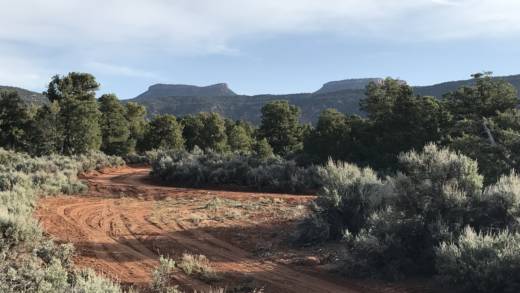President Trump is expected to sign an executive order Wednesday that could end up shrinking — or even nullifying — some large federal national monuments on protected public lands, as established since the Clinton administration.
The move is largely seen as a response by the new administration to two controversial, sweeping national monument designations made late in the Obama administration: the new Bears Ears National Monument in Utah considered sacred to Native American tribes and the Gold Butte National Monument in Nevada near the Bundy Ranch, site of the 2014 armed standoff over cattle grazing on public land.
In a briefing with reporters at the White House Tuesday night, Interior Secretary Ryan Zinke said the order will direct his department to review all national monument designations on federal public land since 1996 that are 100,000 acres or more in size. The secretary didn’t say whether he would recommend that Bears Ears be shrunk or abolished, only that a review of the designations was long overdue.
“The executive order does not strip any monument of a designation,” Zinke said. “The executive order does not loosen any environmental or conservation regulation on any land or marine areas.”
Zinke added that he expected the review to look at the boundaries of these monuments and whether sacred sites like cliff dwellings or other important national treasures, as he put it, could still be protected if the monuments were smaller.

9(MDAxOTAwOTE4MDEyMTkxMDAzNjczZDljZA004))
